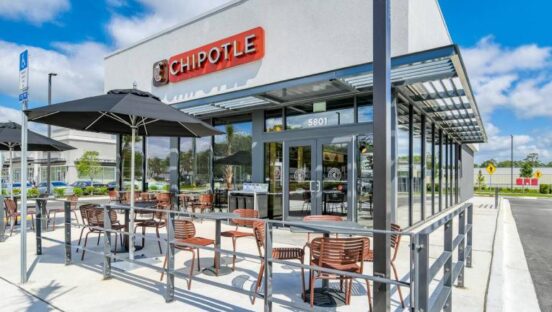





Virtual assistant, voice search, smart speaker—whatever you call it, it’s trending, and you may have some work to do if you want to improve your position in the search results.
Instant gratification and better accuracy are bringing voice search into the mainstream—so much so, that by 2020, experts say, voice commands will initiate half of all web searches. But the next generation of web search, powered by Amazon Echo (Alexa), Siri (built into Apple OS’s) and other services triggered by voice command, presents a whole new world of challenges and opportunities to reach potential guests.
Positioning your restaurant to be discovered via voice search follows many of the same strategies as web search optimization, with a few adjustments that account for the differences between written and spoken language. Here are five ways to optimize your website for voice searches:
Get the basics right
In a recent Forbes article, Bizness Apps CEO Andrew Gazdecki recommended steps businesses should take to better position themselves for spoken searches. It starts, he suggests, with the basics: ensuring that information on your website and on third-party sites—OpenTable, Yelp, Google—is current and accurate. Essentials include your address, hours and menu items, since virtual assistants deliver results based on what’s available on the web. Important details—whether you cater to vegetarians, have free WiFi or don’t accept credit cards—should also be discoverable on your website.
Keywords are a big factor in voice search
Unlike a Google search, which will return page after page of URLs and descriptions, voice-activated software only has the capacity to find a handful of results that match up with a shorter wish list. And often only one result will prevail. That’s awesome if it’s your restaurant, but not so much if you lose out. It’s a good idea to limit your keywords to a shorter, higher impact list, especially keywords and phrases on the most-viewed pages on your website.
Think local
No one is going to ask Alexa to order a pizza from a pizzeria located in another state. Using localized keywords in your website content is a way to make your restaurant stand out—mention your city, your neighborhood, any honors you may have won (e.g., “best burritos in the South Bay.”
Adopt a conversational tone
Think of the user experience and how people ask questions of digital assistants. Then adapt your website language to mirror that more closely. This often means speaking in complete sentences, with more description than the simple “Thai restaurants near me” that someone would type into a mobile phone. Loading your site with more long-tail keywords and phrases is one important step you can take to give you an edge in voice searches.
Manage your reviews
Restaurant guests are known to consult online reviews before choosing a restaurant for the first time. Search results often favor businesses with strong reviews, too. It’s conceivable that positive reviews could factor into voice searches as well. “Hey Siri, find me an Irish pub that ranks high on Yelp.” So managing your restaurant’s online reputation should be a priority to boost your chances of surfacing as a top choice in voice searches.
The potential of voice search to drive traffic into your restaurant is nothing to ignore. Getting ready for those searches is a matter of tweaking your online strategy.
Christopher Sebes has spent his entire career in hospitality management and technology. He received a degree in Hotel and Restaurant Management in England and managed hotels and restaurants on three continents including multi-unit restaurant operations in Europe and the US. He created the first Microsoft Windows point-of-sale company, Twenty20 Visual Systems, which he sold to Radiant Systems. He went on to become the CEO of Progressive Software before founding XPIENT in 2004. XPIENT was sold to Heartland Payment Systems in 2015 and he was tapped to become the President of Heartland Commerce, a major player in restaurant and retail management technology. He is now the President of Xenial Inc., formerly Heartland Commerce.












